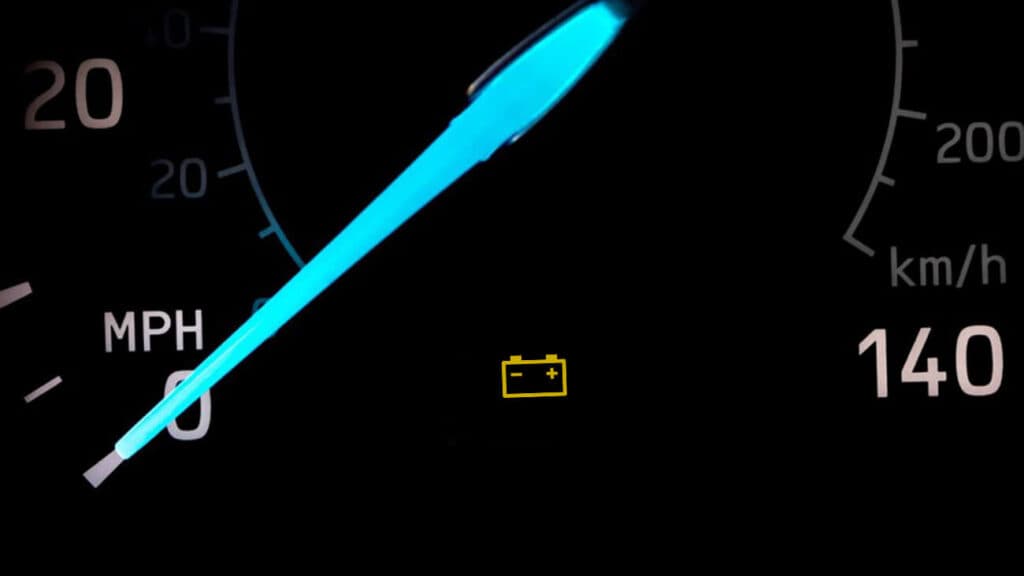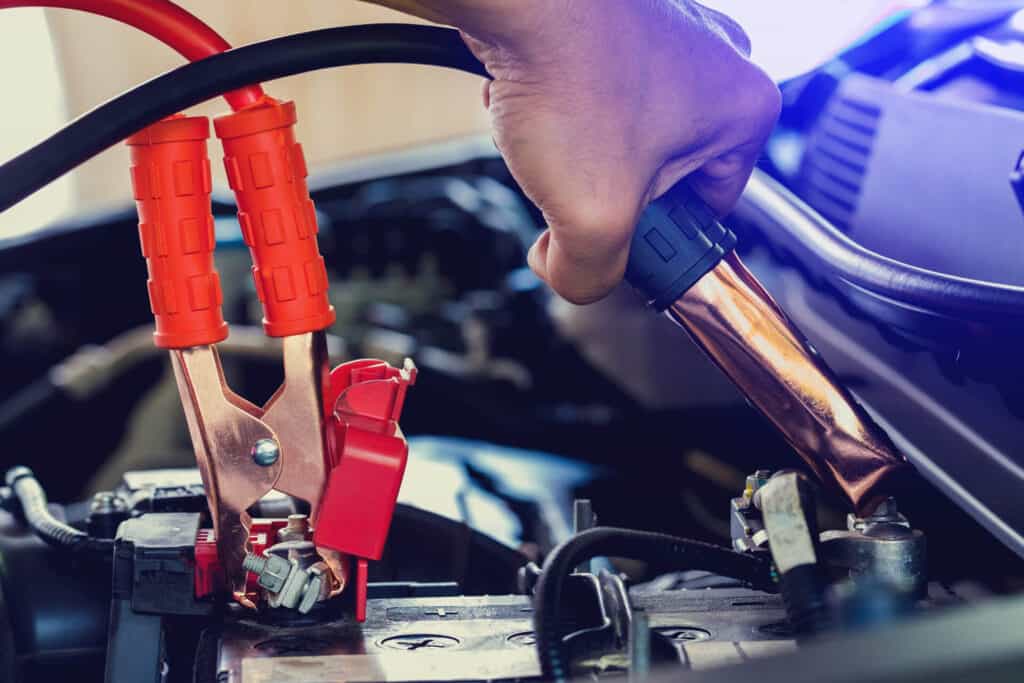Illuminating the Charging System’s Role in Vehicle Health
Imagine setting out on a drive, and suddenly, a little icon on your dashboard lights up—a battery symbol perhaps in a subtle yet alarming shade of orange. This is your car’s charging light, a beacon alerting you to the health of your vehicle’s electrical system. Far from being a simple indicator, the charging light is the harbinger of your car’s ability to generate and distribute power effectively. When this light stays on, it’s signaling a potential fault in your charging system, a complex network that powers everything from your headlights to your heating system. This guide will navigate you through the importance of this light, what actions to take when it’s illuminated, and how to maintain your charging system for a smooth and uninterrupted journey.
Unraveling the Mystery of the Charging Light
The charging light on your dashboard is akin to a sentinel standing guard over your car’s electrical system. When this light flickers on, it’s a clear signal that your vehicle’s charging system could be faltering. This indicator is usually shaped like a car battery with positive (+) and negative (-) symbols, and it glows when the system’s voltage dips below a certain threshold. It is a beacon calling for your attention, indicating that the alternator, which is responsible for keeping the battery charged and running the car’s electrical systems while the engine is on, may not be doing its job effectively.
When this light is illuminated, the situation demands prompt attention. If the battery isn’t being properly charged, it won’t have enough power to start the engine or keep it running. This can result in a range of problems, from dim lights and weak ignition to a complete shutdown of the vehicle. It’s crucial to understand that the charging light is not just an indicator of battery health, but a comprehensive warning that your car’s ability to generate and sustain power is compromised. Ignoring it could strand you with a dead battery or lead to a chain reaction of electrical failures, transforming a simple fix into a costly repair job.

The Anatomy of a Charging System: How It Powers Your Drive
At the heart of your vehicle’s electrical system is the charging system, a critical trio consisting of the battery, alternator, and voltage regulator. The battery provides the necessary power to start your engine and power your vehicle’s electronic components when the engine is off. Once the engine is running, the alternator takes over, generating power for the car’s electrical needs and recharging the battery for the next start. The voltage regulator ensures that the electricity flowing to the battery remains at a safe level, preventing overcharging.
These components are connected through an intricate network of wiring that conducts electricity throughout your vehicle. A malfunction in any part of this system can lead to a domino effect of electrical problems. For instance, a failing alternator might not charge the battery sufficiently, leading to a situation where there’s not enough power to start the engine or keep it running.
When the Light Comes On: Immediate Steps to Take
If the charging system light activates, it’s prudent to address it immediately. Here’s what to do:
• Reduce Power Usage: Immediately turn off any non-essential electrical devices like the stereo, air conditioning, or heated seats. This can help preserve battery life.
• Plan Your Stop: Determine your immediate course of action. If you’re close to a service station or a mechanic, plan to head there directly. If you’re in a remote area, pull over when safe to do so and call for assistance.
• Monitor Vehicle Performance: Pay close attention to how your vehicle is behaving. If you notice dimming lights or a loss of power, these are signs that your battery is draining and you should stop driving.
• Seek Professional Help: Even if the light goes out, it’s wise to have your charging system checked by a professional to avoid future issues.
Diagnosing the Charge: Common Culprits Behind the Light
Several factors could trigger the charging light. When diagnosing the charge, consider the following common culprits:
• Battery Issues: A battery that’s past its prime can no longer hold a charge effectively, necessitating a replacement.
• Belt Problems: The alternator belt can become loose or damaged, impeding the alternator’s ability to charge the battery. Replacing or adjusting the belt may resolve the issue.
• Alternator Failure: The alternator itself can fail, requiring repair or replacement. A malfunctioning alternator often produces a whining noise or fails to keep the battery charged.
• Electrical Faults: Corroded wires or a bad connection can lead to charging issues. These may be more complex to diagnose and resolve.
To Drive or Not to Drive: Assessing the Risk
The decision to continue driving when your charging system light is on is akin to walking on thin ice. The remaining battery life may only get you so far before your vehicle shuts down, which could occur in the middle of a busy intersection or on an isolated road, posing significant risk to you and other road users. Immediate action should be taken to address the issue.
The risk isn’t just about getting stranded; it’s also about potential collateral damage. The electrical imbalance can strain other components, leading to additional failures and repairs. Driving to a nearby mechanic or safely stopping to seek roadside assistance should be your priorities upon noticing the warning light.

The Cost of Power: Understanding Repairs and Associated Costs
As for costs, they can vary based on the root cause:
• Battery Replacement: Costs for a new battery typically range from $75 to $200, depending on the type and model of your vehicle.
• Alternator Repair/Replacement: This can be a costlier fix, often ranging from $300 to $500, including parts and labor.
• Belt Replacement: A new alternator belt can cost between $25 and $100, plus labor.
• Electrical Repairs: These are variable; a simple wiring fix might be inexpensive, but diagnosing and repairing a complex electrical issue can quickly become costly.
Remember, addressing charging system issues early can often prevent more significant and expensive problems down the road.
Preventive Measures: Maintaining a Healthy Charge
Proactive maintenance of your charging system can stave off many potential problems. Regular inspections by a mechanic can catch issues with the alternator belt, ensure battery terminals are free of corrosion, and verify that the voltage regulator is operating correctly. These preventive measures can save you from unexpected breakdowns and costly repairs.
Moreover, lifestyle habits such as ensuring your battery is fully charged before short trips in cold weather and avoiding using electronics excessively when the engine is off can help maintain battery health. While starting the car might give the battery a superficial charge, regular, longer drives are necessary to ensure a deep and lasting charge that will keep your vehicle reliable and ready to hit the road whenever you are.
Staying Charged and Ready for the Road
Your vehicle’s charging light is a vital indicator of its electrical health. By understanding what this light means and taking swift action when it illuminates, you can ensure your vehicle remains reliable and ready to take on the road ahead. If you’re ever in doubt about the status of your charging system, Uchanics is here to help. Our mobile mechanic services in Canada offer the convenience of professional auto care right where you are, ensuring you’re never left in the dark with charging system issues. Book an appointment with us, and keep your journey illuminated and uninterrupted.
